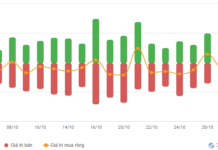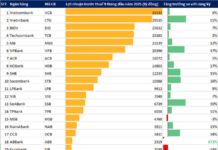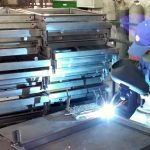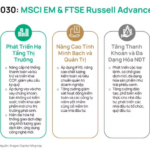The domestic demand for hot-rolled coil (HRC) steel is estimated at approximately 12-13 million tons per year. This upstream material is used to produce galvanized steel, cold-rolled steel, color-coated steel, steel pipes, and various other steel products that find applications in construction, mechanics, and other industries.
A “Double Whammy” for Domestic Steel
While HRC steel is critically important, investing in its production is no easy feat. Currently, only two companies in Vietnam, Hoa Phat and Formosa, manufacture HRC steel, with investments totaling billions of USD. However, their output decreased by 10% in the second quarter of 2024 compared to the first quarter.
This decline is attributed to challenges in both domestic consumption and exports. Representatives from Hoa Phat Steel revealed that low-priced imported HRC steel flooded the Vietnamese market in the first half of 2024, reaching 6 million tons, a 1.5-fold increase compared to the same period in 2023, and surpassing the market’s overall growth rate.
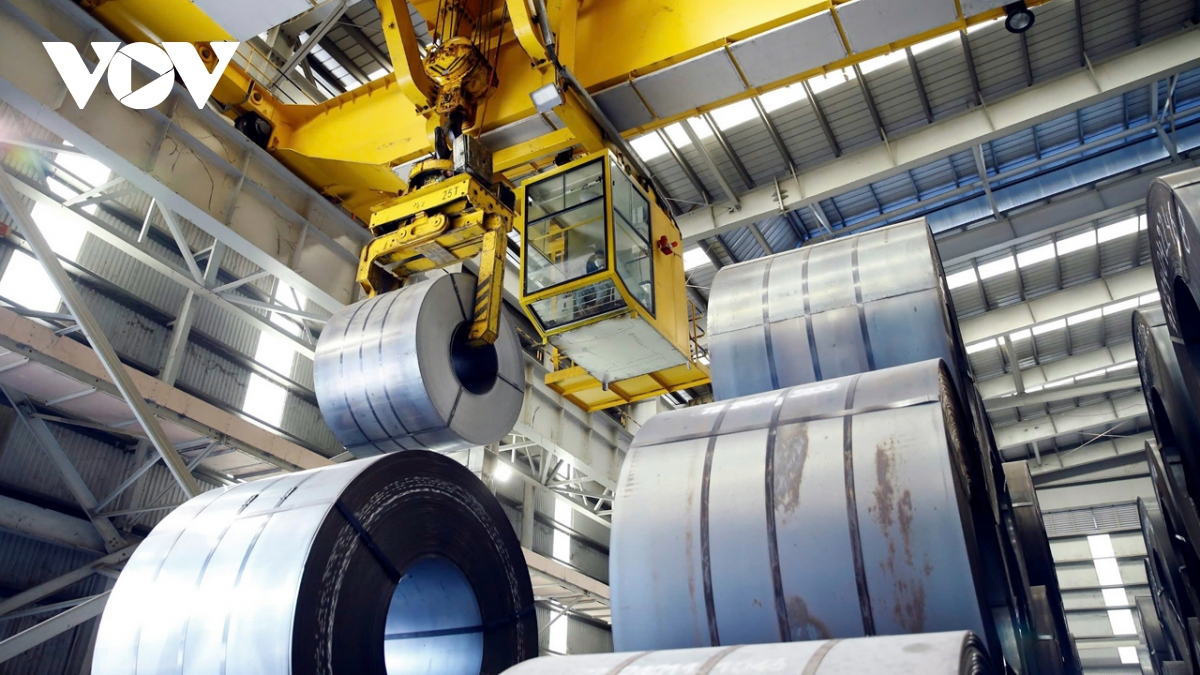
Hot-rolled coil steel is an upstream material for manufacturing industrial and consumer goods.
Statistics from the Vietnam Steel Association further emphasize the issue. The influx of low-cost HRC steel, which at times reached nearly 200% of domestic production, has prevented local manufacturers from utilizing their full capacity. In 2023, Vietnam’s HRC steel output reached only 6.7 million tons, equivalent to 79% of the designed capacity, a significant drop from the 86% achieved in 2021. The domestic market share also plummeted from 42% in 2021 to 30% in 2023 and continues to decline.
It’s not just the fierce competition from low-cost imported steel that’s causing problems for Vietnam’s HRC steel producers. Their exports are now also at risk of facing anti-dumping measures from the European Commission (EC). On July 30, the Trade Remedies Authority (Ministry of Industry and Trade) announced that the EC had received a valid request to investigate anti-dumping measures on flat-rolled iron or non-alloy steel, or other alloy steel imported into the EC from Vietnam. The EC has requested detailed information on steel exporters by August 5, 2024.
In response to the surge in steel imports into Vietnam, Mr. Nghiem Xuan Da, Chairman of the Vietnam Steel Association, proposed that the Ministry of Industry and Trade promptly initiate an investigation to determine the existence of dumping practices, the dumping margin, and the extent of damage to domestic production. The Chairman also emphasized the importance of assessing the impact on the market to implement timely measures to protect the domestic steel industry.
Assessing the Damage to Domestic Steel Production Over Three Years
The Ministry of Industry and Trade, in coordination with the Ministry of Finance and relevant agencies, has been tasked by the Government with reviewing and monitoring the situation regarding the increasing imports of HRC steel since the end of April 2024. On July 26, the Ministry of Industry and Trade issued a decision to initiate an anti-dumping investigation into HRC steel from China and India, following a request from domestic HRC steel manufacturers Hoa Phat and Formosa Ha Tinh, along with the opinions of related enterprises.
According to the Trade Remedies Authority (Ministry of Industry and Trade), based on the decision to investigate anti-dumping measures for HRC steel from the aforementioned countries, the data collection period for evaluating dumping practices will be from July 1, 2023, to June 30, 2024. The period for collecting data to assess the damage to the domestic steel industry will cover three years, from July 1, 2021, to June 30, 2024.
“According to legal regulations, after initiating the investigation, the investigating authority will send questionnaires to relevant parties to collect information to analyze and evaluate the extent of dumping, damage to the domestic hot-rolled steel industry, and the causal relationship between dumping and damage to the domestic industry,” said a representative of the Trade Remedies Authority. “The investigating authority encourages relevant parties to cooperate by providing complete and accurate information as requested to protect their legitimate rights.”
The investigating authority will also verify the information provided by the relevant parties before finalizing the official investigation conclusion. Additionally, a public consultation will be organized to allow direct exchanges between relevant parties, providing an opportunity to present their views on the case before reaching a final conclusion.
“According to the Law on Foreign Trade Management, the investigation will be concluded within 12 months from the date of the investigation decision. In special cases, this period may be extended, but the total investigation time shall not exceed 18 months,” the investigating authority added.
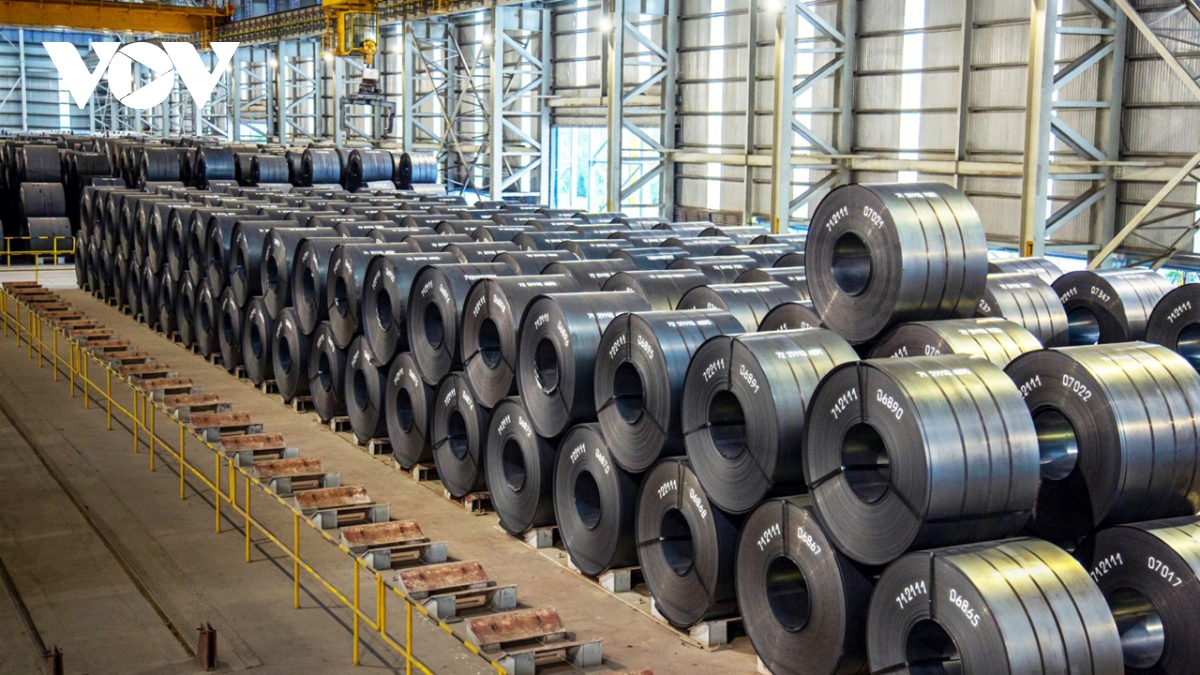
The investigating authority will collect data on HRC steel dumping practices from July 1, 2023, to June 30, 2024.
Industry experts and enterprises consider the Ministry of Industry and Trade’s move necessary and timely to protect domestic production in accordance with legal regulations and international practices. For instance, Thailand and Indonesia have implemented protective measures for HRC steel from China since 2019, in addition to maintaining Most Favored Nation (MFN) import tariffs. Meanwhile, Thailand and Indonesia’s HRC steel production only meets 43% and 65% of their respective domestic demands.
In contrast, Vietnam’s HRC steel production capacity currently meets 70% of its consumption needs (8.5/12 million tons), and there are no MFN import tariffs or other tariff barriers to protect domestic production. These factors inadvertently contribute to making Vietnam a dumping ground for imported HRC steel.


